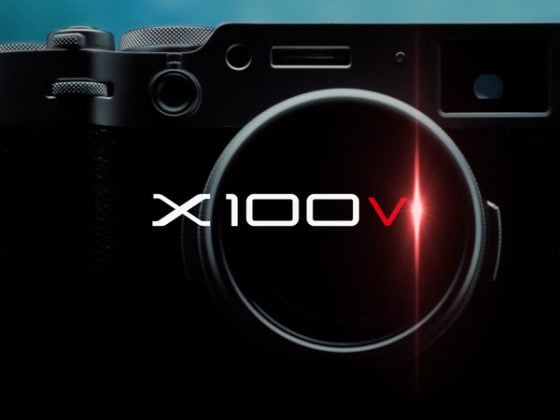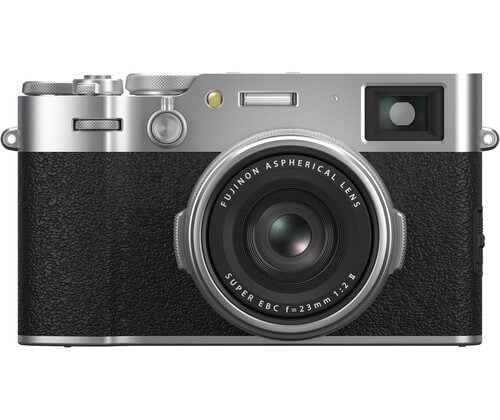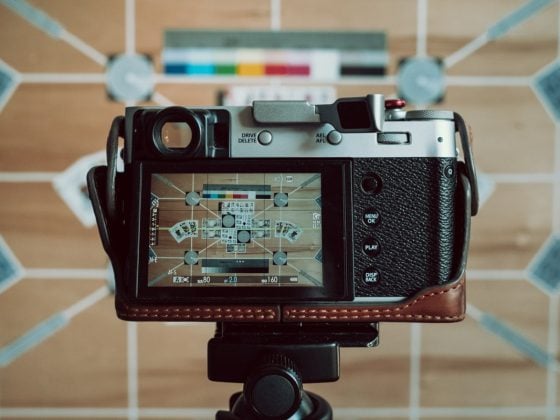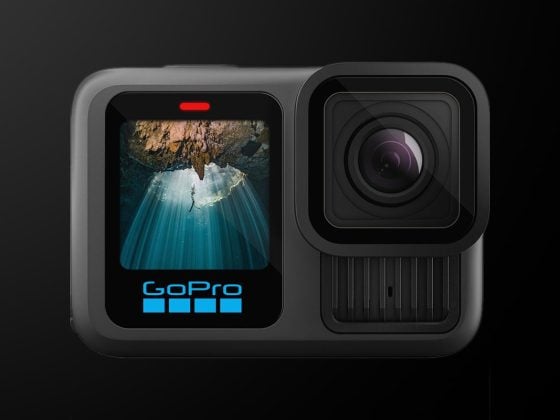Diffusion filters hold unique power in the cinematographer’s and photographer’s toolbox. They soften the harsh edges of the digital medium, weaving a touch of vintage magic and creating that ever-elusive “dreamy” aesthetic. But with all the options out there, choosing the right filter can feel like navigating a foggy forest.
In this review, we look at my three favorite filters and probably the top three most popular diffusion filters: Tiffen Black Pro-Mist, Glimmerglass, and Moment Cinebloom so we can see which filter is the best for the Fujifilm X100VI or other cameras you might have.
Quick Overview Of What I Think Is Best
Best Filter For Everyday Use – If you need a filter to leave on all the time to take the digital edge off, especially with that 40MP Fuji X100VI, I recommend the Glimmerglass 1/8. If you want a little more effect the 1/4. I usually use the 1/4 with a fairly clinical lens.
A 1/8 would give you a slightly softer rendering similar to what you see in the Dune movies without an obvious effect. You probably wouldn’t need a 1/4 if you’re using Fujifilm simulator receipts as they have a softer quality already and you can do a Clarity -1 for a little more push if needed.
There is a trend of people using a Glimmerglass 1, I wouldn’t do that unless you want your photos to look like those Peter Jackson Hobbit movies, or Tokyo Vice Season 2 was very heavy on a Glimmerglass filter, maybe even as strong as a 2 power.
Glimmerglass 1/8 = Dune
Glimmerglass 1 = The Hobbit or Tokyo Vice
Glimmer glass is best to simulate film and they don’t add any color cast.
Tiffen also makes $700 6.6″x6.6″ filters for cinema use, Tiffen is a USA brand made-for-cinema founded in 1938, they are what you see on set.
Best Filter For A Soft Diffusion Effect – I recommend Black Pro Mist at 1/8 or 1/4. 1/8 is probably better for the night, and 1/4 is nice for shooting during the day or indoors. Stick to a more subtle 1/8 to get that soft diffusion film effect similar to what we see in movies like Dune as those movies are shot digitally, scanned with film, then scanned back to digital for that softer organic look. 1/4 would probably be too strong unless you like the obvious diffusion, which I do sometimes, even then it’s often not noticeable.
For street photography everyday film simulation, I don’t think the Moment Cinebloom is the right pick, especially since it doesn’t come in 5% anymore. I think the Cinebloom is great for filmmaking or portraits because it reduces contrast and has a very consistent diffusion effect that looks nice in those situations, but not for street photography or everyday use. I think of the moment Cinebloom is a more retro look, so use it accordingly.
The Contenders:
These link to the 62mm filters, but if you’re on a Fujifilm X100VI you’ll want 49mm.
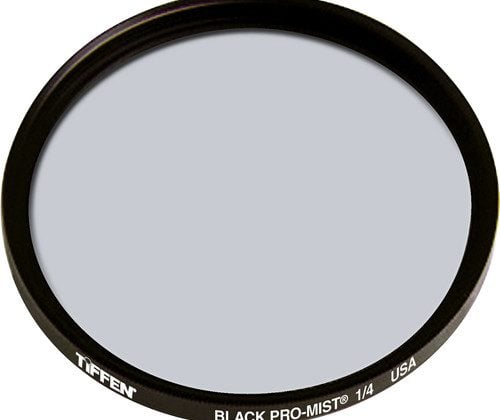
Tiffen Black Pro-Mist 1/4 Filter
This legendary filter boasts a distinctive “halo” effect and intense bloom. Available in various strengths, it’s a go-to for music videos, portraits, and achieving a nostalgic, filmic look.
Multicoating: None
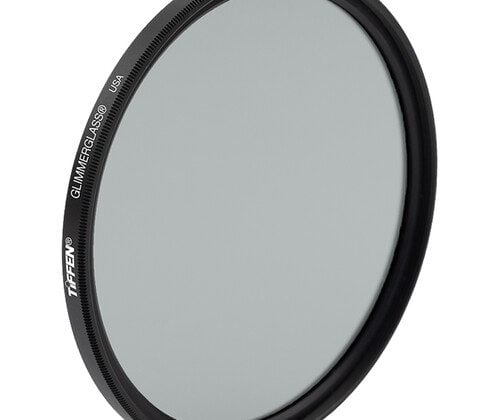
Tiffen Glimmerglass 1/4 Filter
A subtle option, Glimmerglass offers a delicate softening touch without sacrificing sharpness. Ideal for weddings, interviews, and documentaries, it adds a touch of ethereal glow while preserving detail.
Multicoating: None
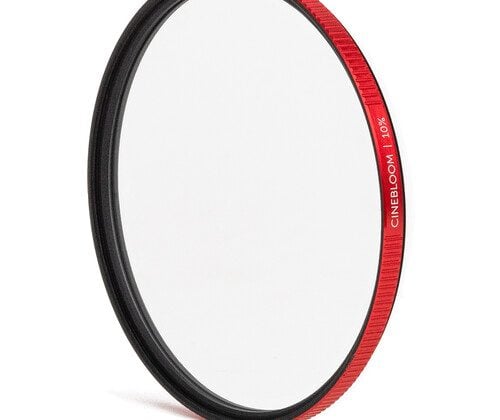
Moment CineBloom Diffusion Filter (10% Density)
A rising star, Cinebloom is known for its organic, vintage-inspired bloom and smooth skin tones. Popular for portraits and narrative films, it delivers a romantic, dreamy aesthetic.
Multicoating: None
Comparing BPM, Glimmerglass, and CineBloom – Samples
Keep in mind, that Tiffen has so many different styles of filters, BPM and Glimmerglass filters are just what you hear about the most. I recommend looking through the Tiffen Diffusion filter collection to see all their offerings, they also just released a new Black Glimmerglass filter.
No Filter
Quick shot using no filter on the Nikon Z8 with the 50mm Z f1.8S lens. All the comparisons here are shot on this same setup – I shot all these samples using video at 8k and pulled stills. This allows me to keep audio notes of what I’m doing.
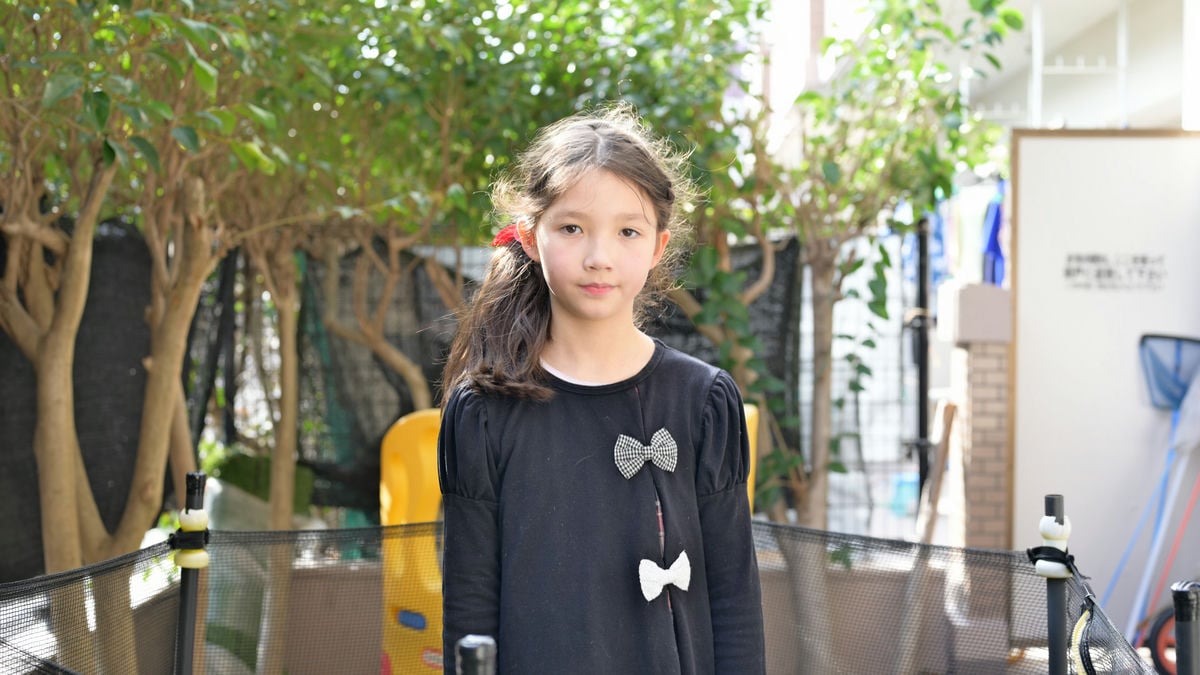
Glimmerglass 1/4 Power
Even though the Glimmerglass is 1/4 in power and appears to have less particle density than the Black Pro-Mist filter, we get a much milder effect. A lot more contrast with only a slight haze.
If you want more power with the Glimmerglass filter you’ll have to order it in probably a 1/2 power or as a 1 to match the diffusion effect of the above filters.
However, if you’re just looking to take the edge off your digital images, this filter will do the trick at 1/4 power. I think it looks much nicer than the No Filter sample above.
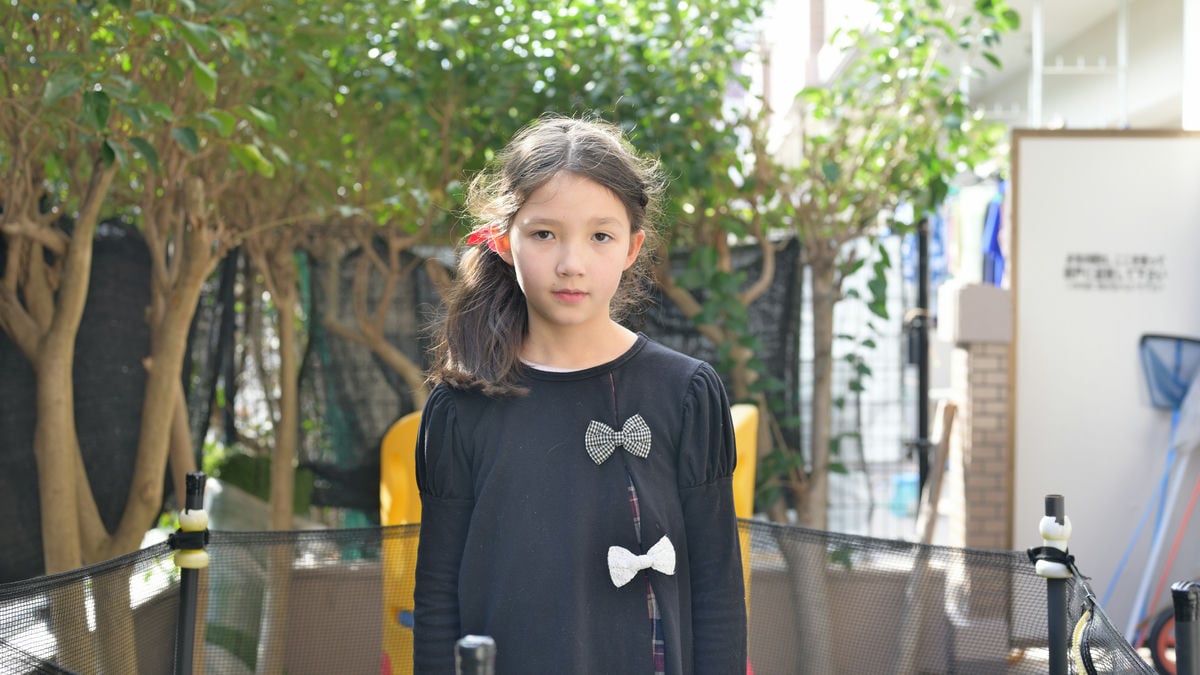
Black Pro-Mist 1/4 Power
With the Black Pro-Mist in this environment, we see muted contrast with lifted blacks and very soft skin. It’s a very strong effect.
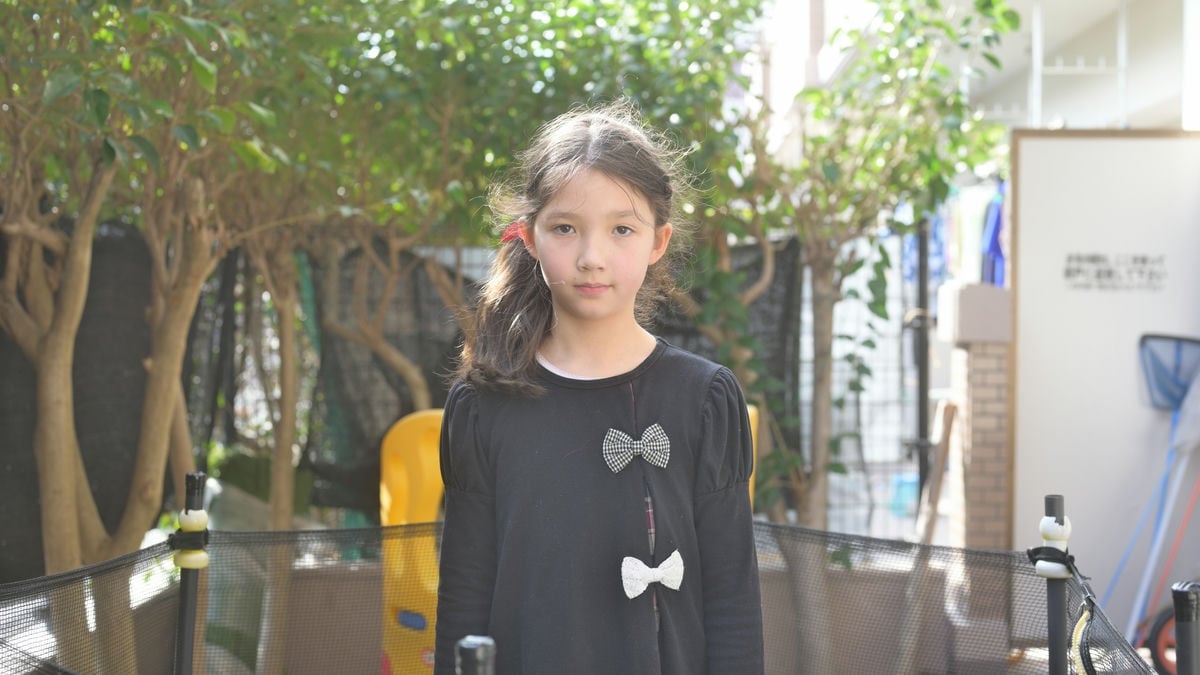
CineBloom 10%
In this environment, we can see slightly darker blacks compared to the Black Pro-Mist filter.
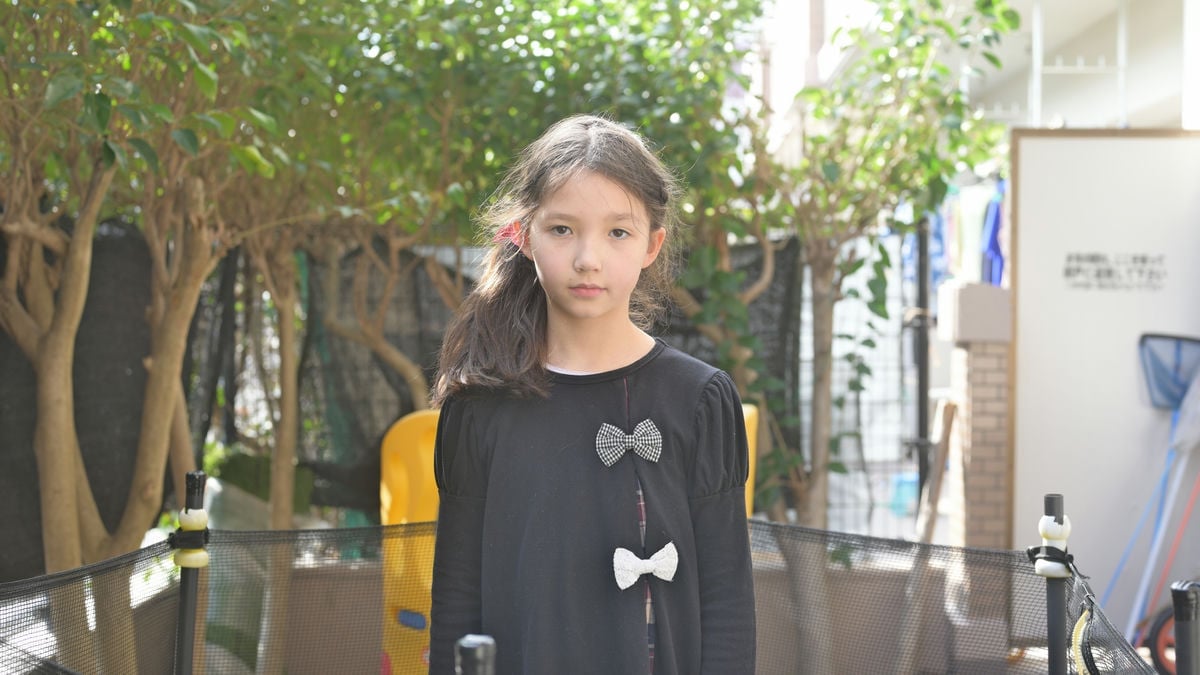
We’ll look at some more samples but first, let’s walk through some of the specifications and details of what each filter is and how they are made.
Coatings
None of the Tiffen or Moment Diffusion filters seem to be coated. This sometimes causes some issues when shooting at night, I notice it more on some filters like the Glimmerglass for whatever reason. If you need a mist-type filter with a coating, K&F Koncept makes some filters very similar to the Black Pro-Mist filters that do have a multicoating.
Types Of Particles
Each of these filters has a different type of mist particle embedded in the glass.
Black Pro-Mist Filters use little black particles embedded in the glass.
I didn’t grab a photo, but you can also see a white glint of particles when viewed against a black surface. This is something I have yet to see other brands do with their Black Mist filters. The black particles here are possibly reflecting some light in a way the other filters do not.
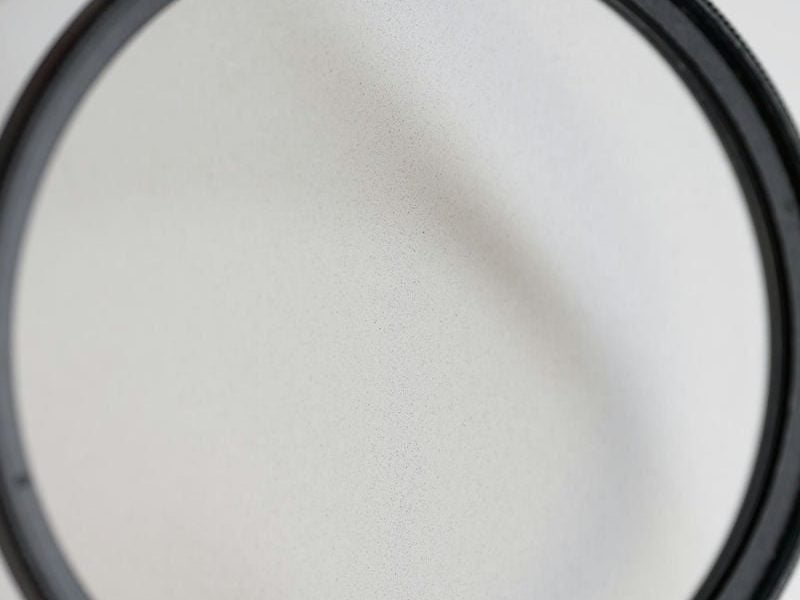
Glimmerglass Filters use white reflective particles almost like glitter. Particles look bigger than the Black Pro-Mist filter but there is not as much density even though they are both at 1/4 strength.
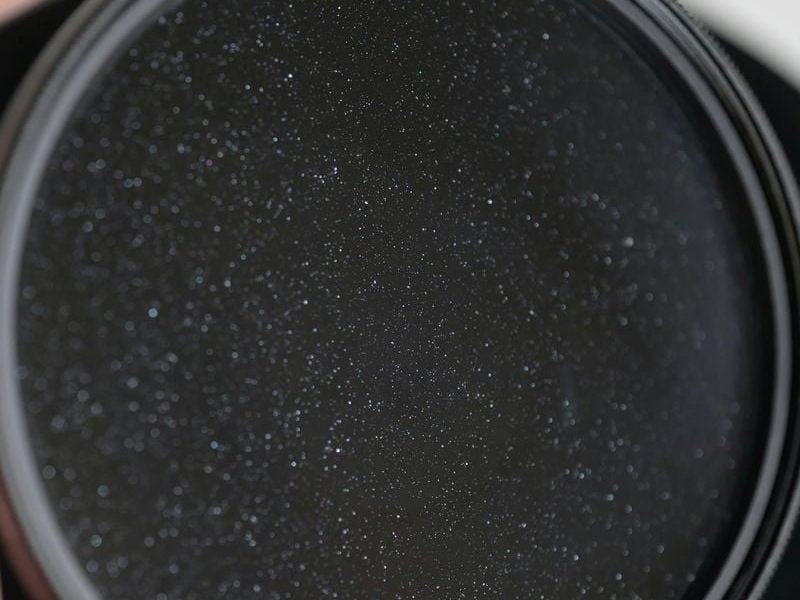
Cinebloom Filters use particles that look like a fine mist – you can’t physically see the particles.
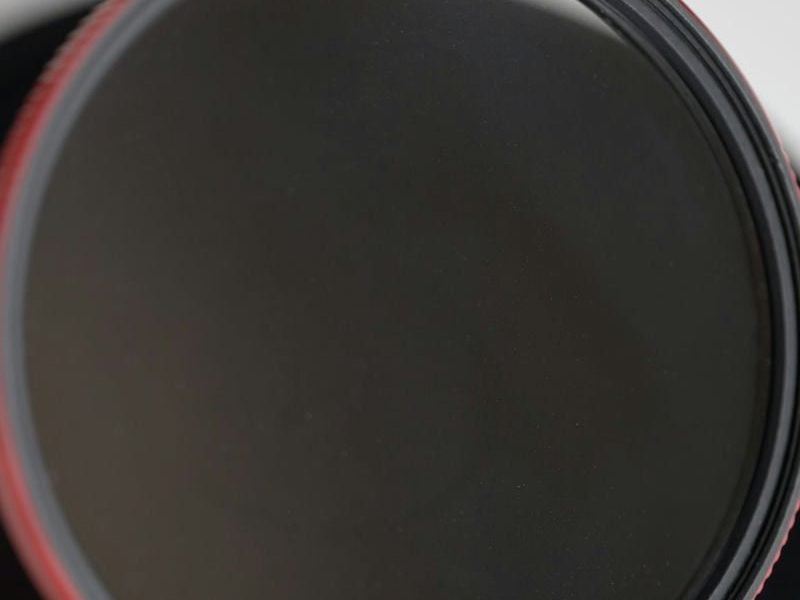
Contrast & Detail:
- Black Pro-Mist: Lowers contrast for a softer, dreamier feel but can lose detail at higher strengths. However, I don’t notice a loss in sharpness at 1/4.
- Glimmerglass: Maintains contrast while adding a very subtle glow and smoothing out harsh tones. Perfect for preserving detail while taking the digital edge off. I don’t notice a loss in sharpness with the 1/4 filter.
- Cinebloom: Moderate contrast reduction, balancing bloom with detail for a natural, vintage feel. Compared to the above two filters, there is a slight loss of sharpness, which I think is coming from the reduction of the contrast.
Skin Tones & Portraits:
- Black Pro-Mist: Flattering for skin tones, but extreme strengths can over-soften details.
- Glimmerglass: Subtly enhances skin tones while maintaining sharpness, ideal for natural beauty looks, or just taking some harsh details out of the skin tones.
- Cinebloom: Smooth skin tones with a vintage glow, perfect for romantic portraits and narrative films.
Samples Of Skintones
No Filter
The Nikon Z 50mm f1.8 lens here is not my favorite lens when it comes to micro-contrast, and what often happens is the highlights can get a little blotchy with these high-element lenses. There are great things about the Z 50mm lens, and it’s my most used lens, but it does have clinical perfection to it, making this a great lens to test these filters against.
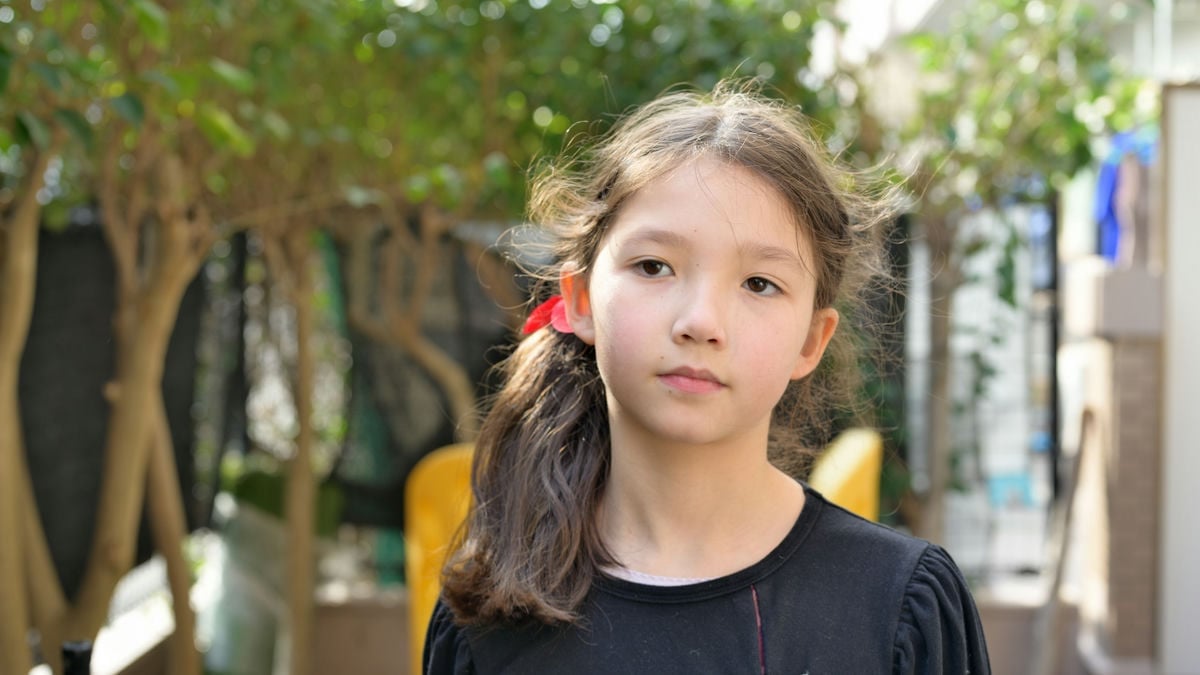
Glimmerglass 1/4
The Glimmerglass filter does a really great job of blending the tones together to produce smoother skin tones.
It slightly softens those harsh tonal details or color contrast without adding much bloom to the image and sharpness is still mostly retrained. To my eyes, it looks so much more organic already compared to the No Filter sample above.
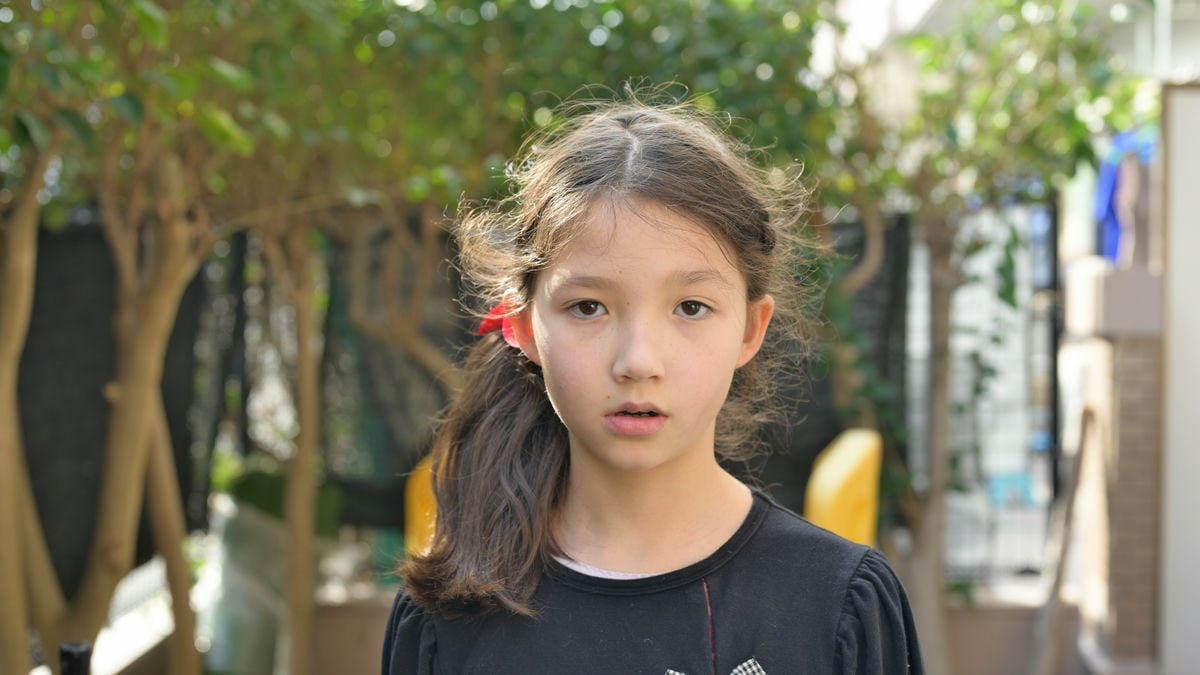
Black Pro-Mist 1/4
With the BPM filter in this sample, there is a nice haze added compared to the Glimmerglass. However, there is a slight loss in contrast and saturation.
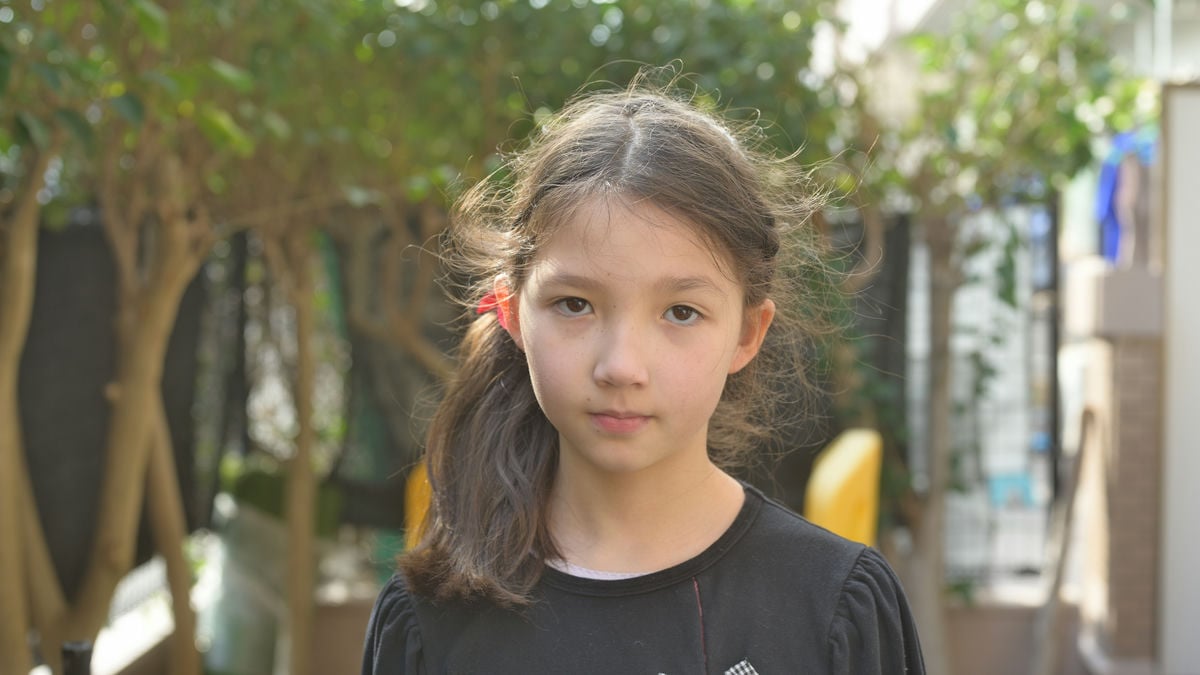
Cinebloom 10%
In my opinion, the CineBloom filter introduces a subtle warmth to the image and shows an overall softer and more pleasing look compared to the Black Pro-Mist filter. If my focus were on portraits, I would likely use the CineBloom more often.
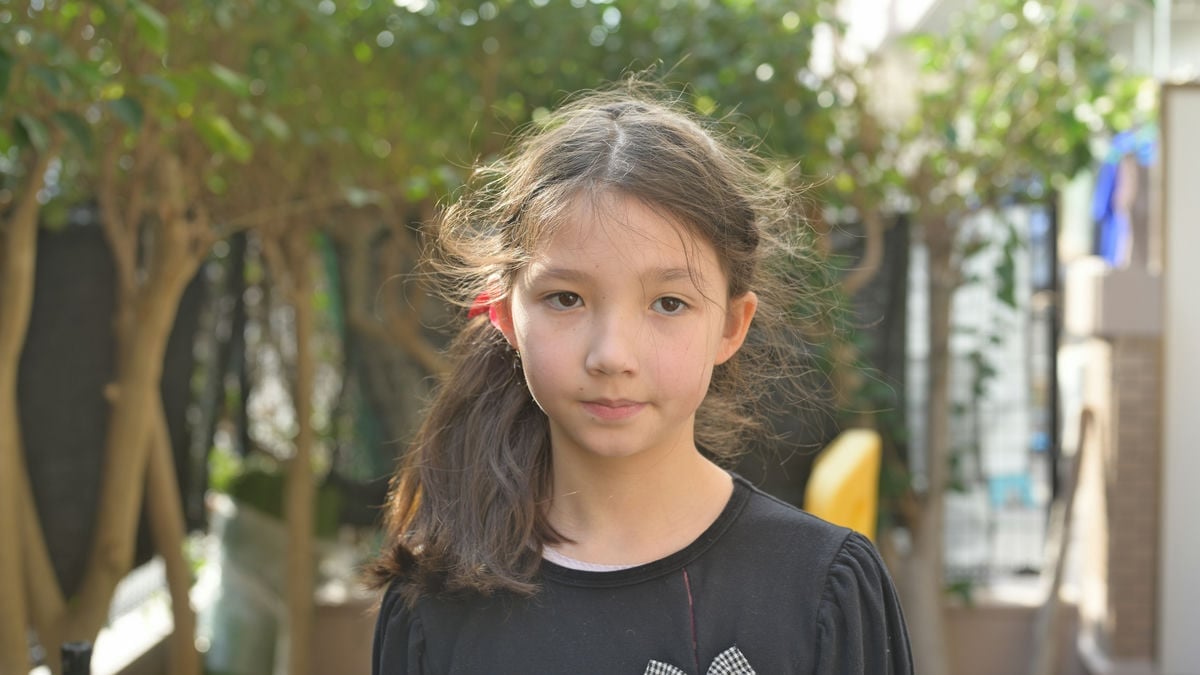
Samples At Night
no filter
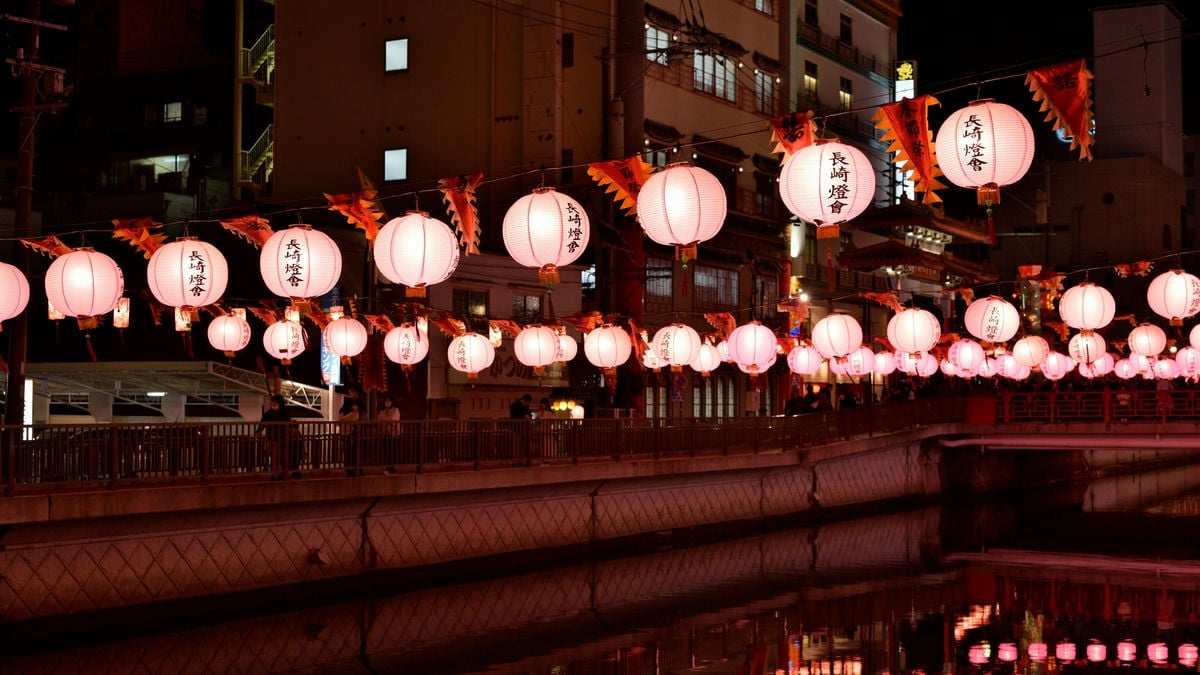
Tiffen Glimmerglass 1/4
When using the Glimmerglass filter at night with 1/4 power, it effectively removes the digital edge without overwhelming the image. Although there’s still a subtle glow, it strikes a good balance.
Now, I’m curious to see the impact of a stronger filter.
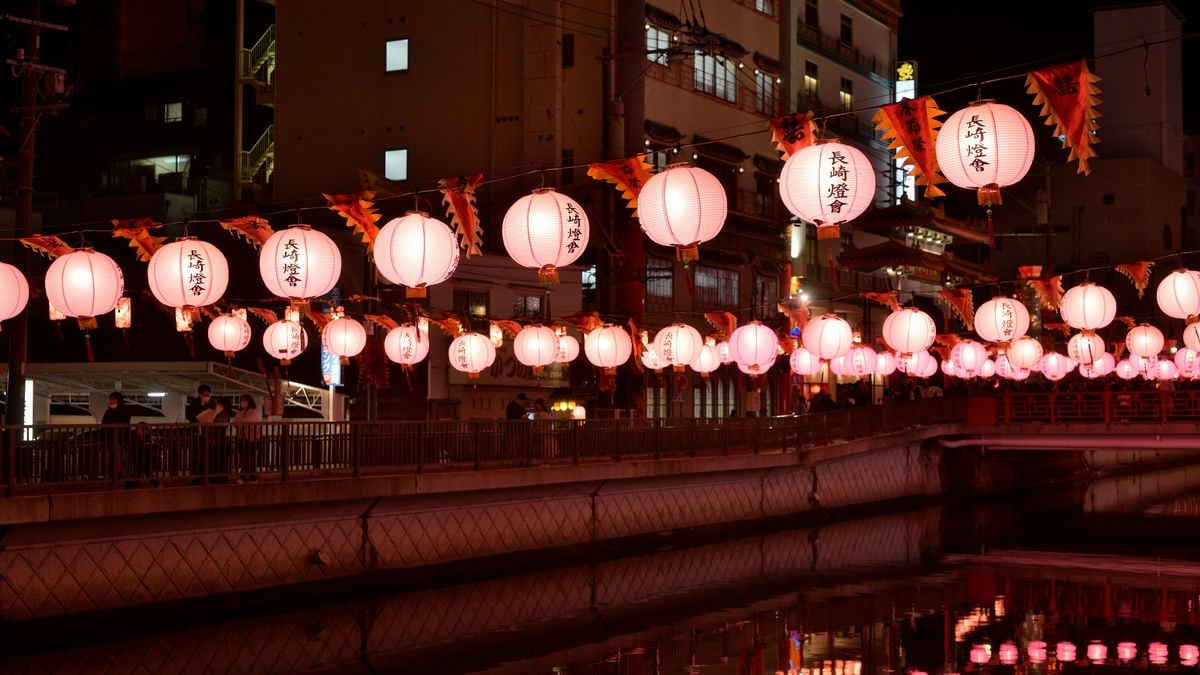
Tiffen Black Pro-Mist 1/4
At night, the Black Pro-Mist 1/4 filter introduces a significant glow, primarily concentrated around bright lights. It manages to contain this effect without over-blooming the entire image.
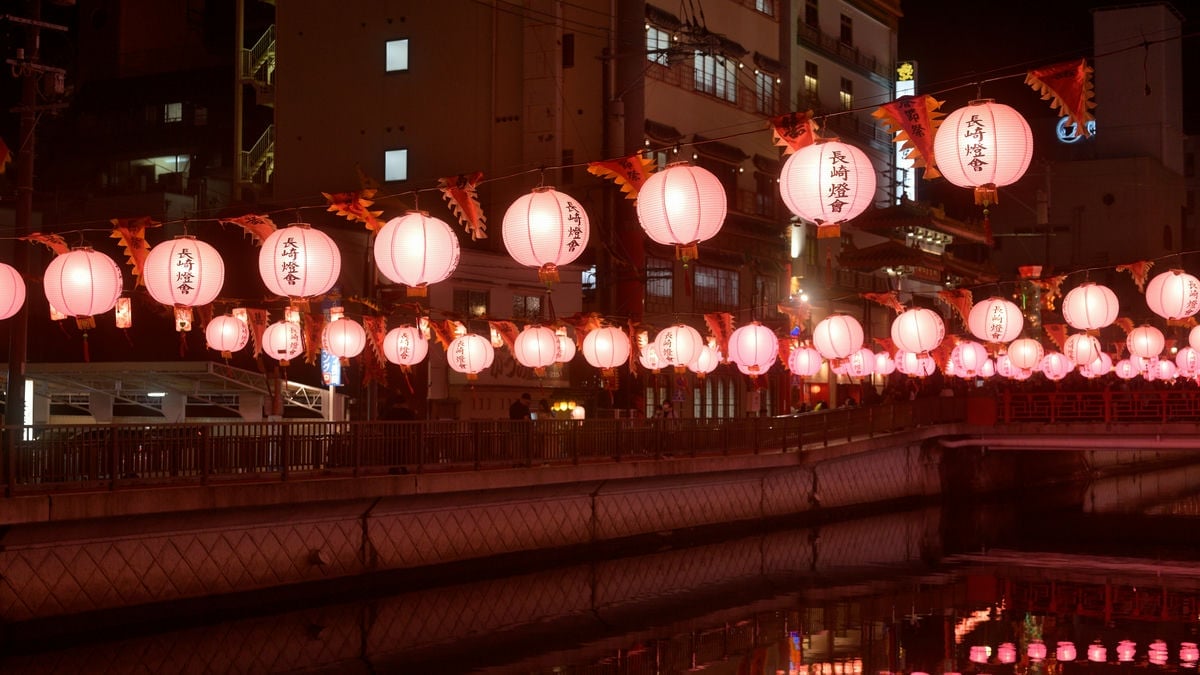
Moment Cinebloom – 10%
At 10% density, the Moment CineBloom filter introduces a significant glow that envelops the entire image. Notably, in the top left corner, we lose a considerable amount of black tones due to the glow. The Black Pro-Mist filter manages to retain more contrast in the areas of the frame further from the light source.
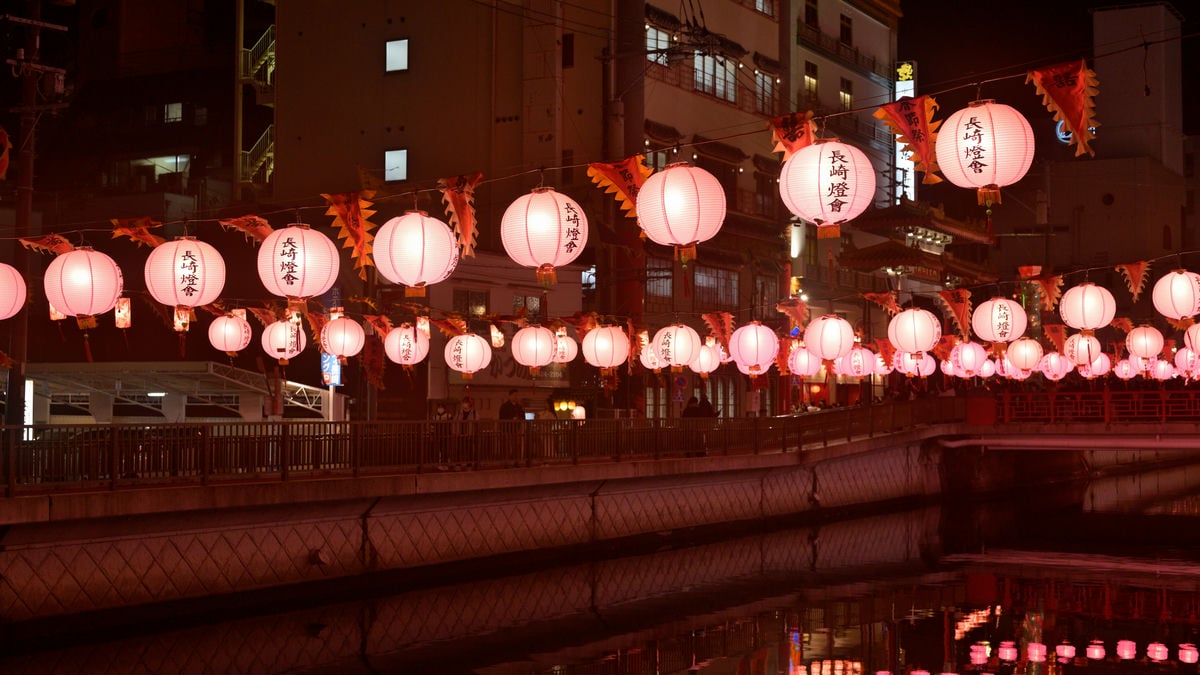
Want more samples? I know I do, Here are a few more night shots with headlights in the background!
No Filter
Again the lens I’m using here is the Nikon Z 50mm f1.8s and that headlight looks pretty terrible against that naked front element.
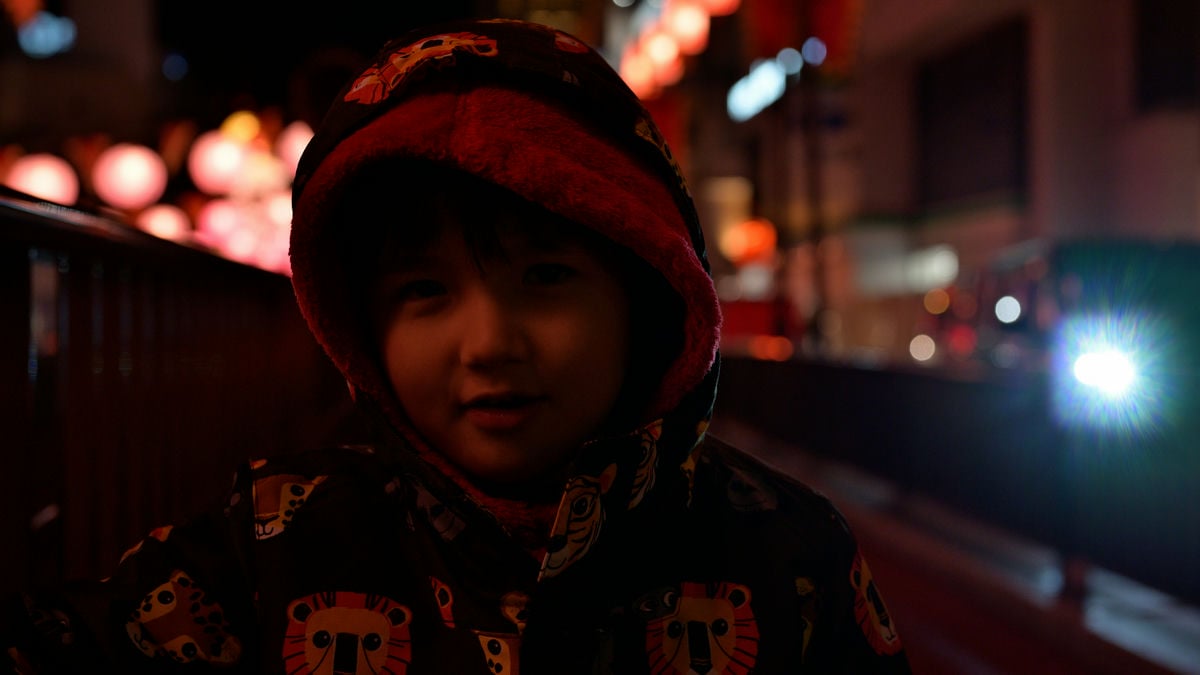
Glimmerglass
The Glimmerglass filter does an amazing job at softening the intense light emitted by the headlight. Remarkably, it achieves this without over-blooming the entire image.
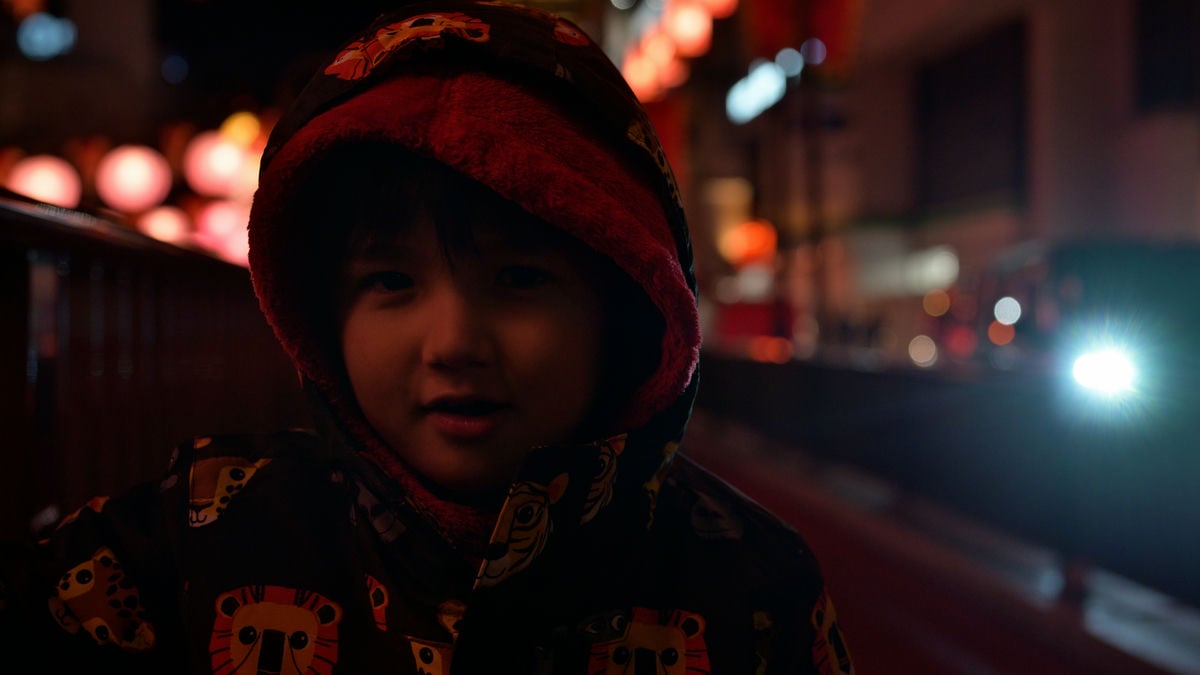
Black Pro-Mist
When using the Black Pro-Mist filter, the headlight undergoes softening and blooming, accompanied by a subtle green shift. A bloom effect surrounds the light source, while the overall contrast in the rest of the image remains only slightly affected.
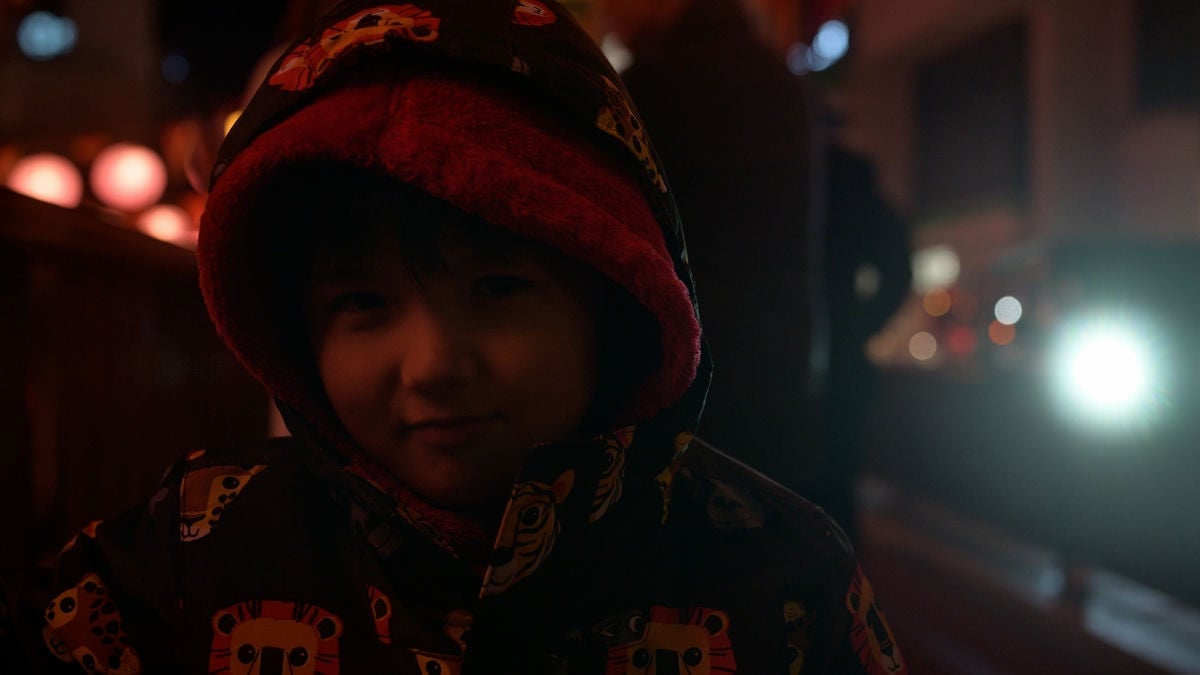
Moment Cinebloom
In this sample, the Moment CineBloom filter significantly blooms out the headlight, resulting in a yellowish/green tint. While the contrast around the rest of the image is notably affected, there’s an improvement in tonality—particularly visible in the boy’s face, which appears brighter in the shadows and mid-tones.
Note: I didn’t have any auto-exposure modes enabled for this sample. These video samples were recorded with some noise reduction and Active D Lighting turned on, as I was shooting in SDR mode. Although some of my other samples were shot in NLOG, this particular one wasn’t. Overall, the Moment CineBloom filters tend to brighten up the image slightly as it lift shadows, but some of that could be from the Active D Lighting doing something.
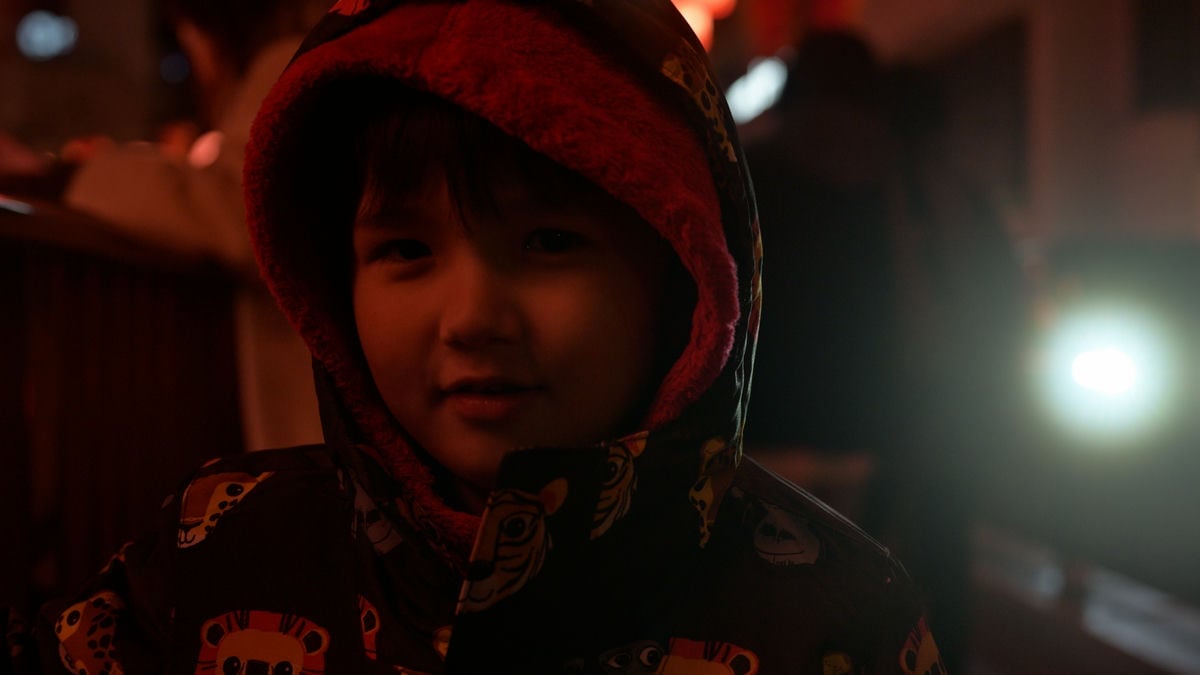
Samples Of Lens Flaring
No Filter
In these shots, I intentionally allowed the sky to blow out slightly, with the sun just out of frame. The objective was to capture some lens flaring, especially considering that these filters are not coated.
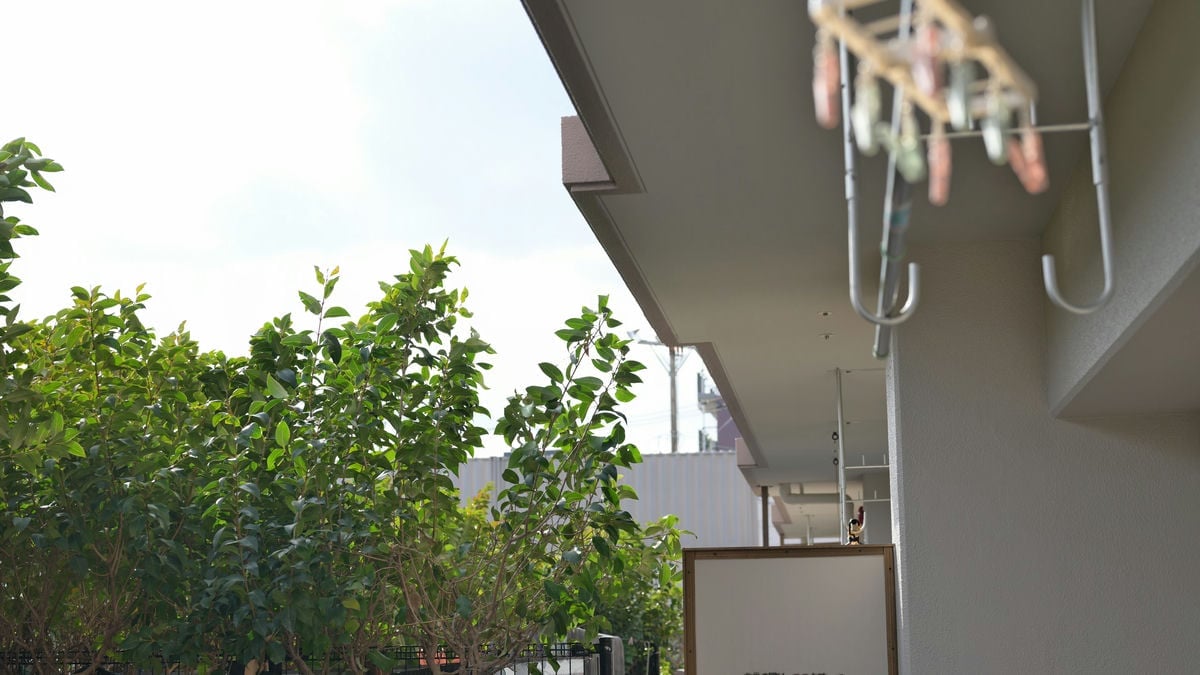
Glimmerglass
In this sample, the Glimmerglass filter exhibits blue flaring, particularly noticeable in the bottom left corner, along with a subtle streak toward the bottom right. While the highlights remain fairly harsh, there is a slight improvement compared to the No Filter sample.
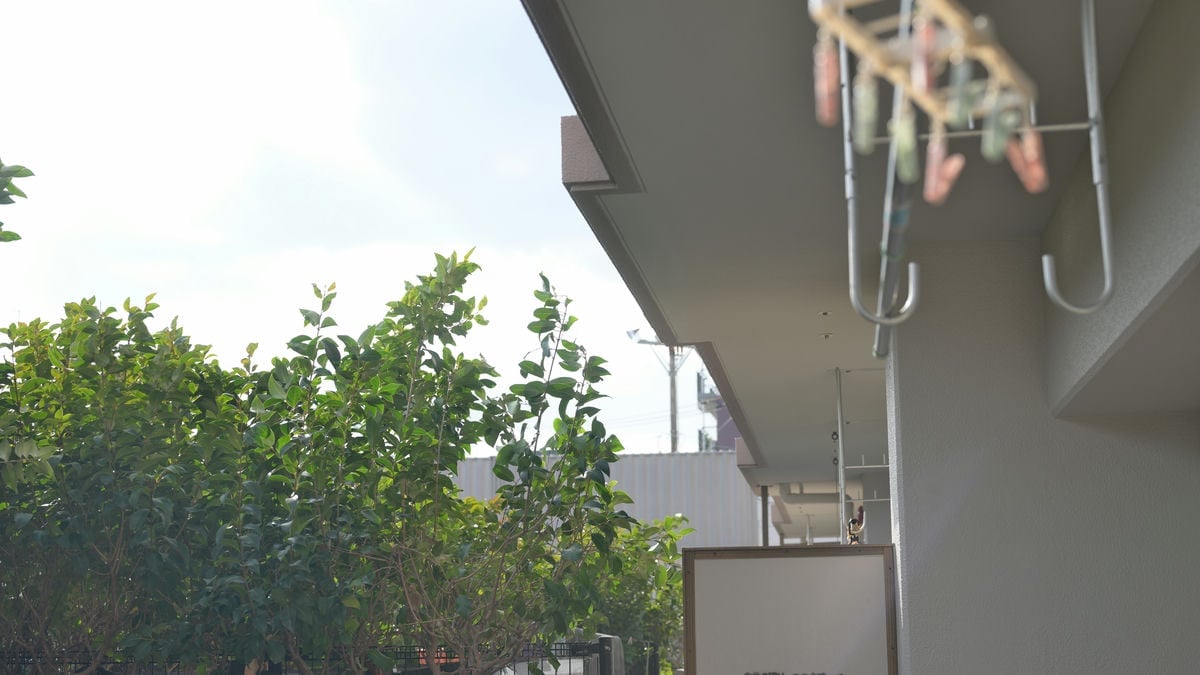
Black Pro-Mist
In this situation, the Black Pro-Mist filter shows minimal flaring. While it’s not entirely devoid of flaring, it responded a little differently than other filters.
The resulting image is significantly bloomed out, and there’s a subtle warmth compared to the Glimmerglass filter.
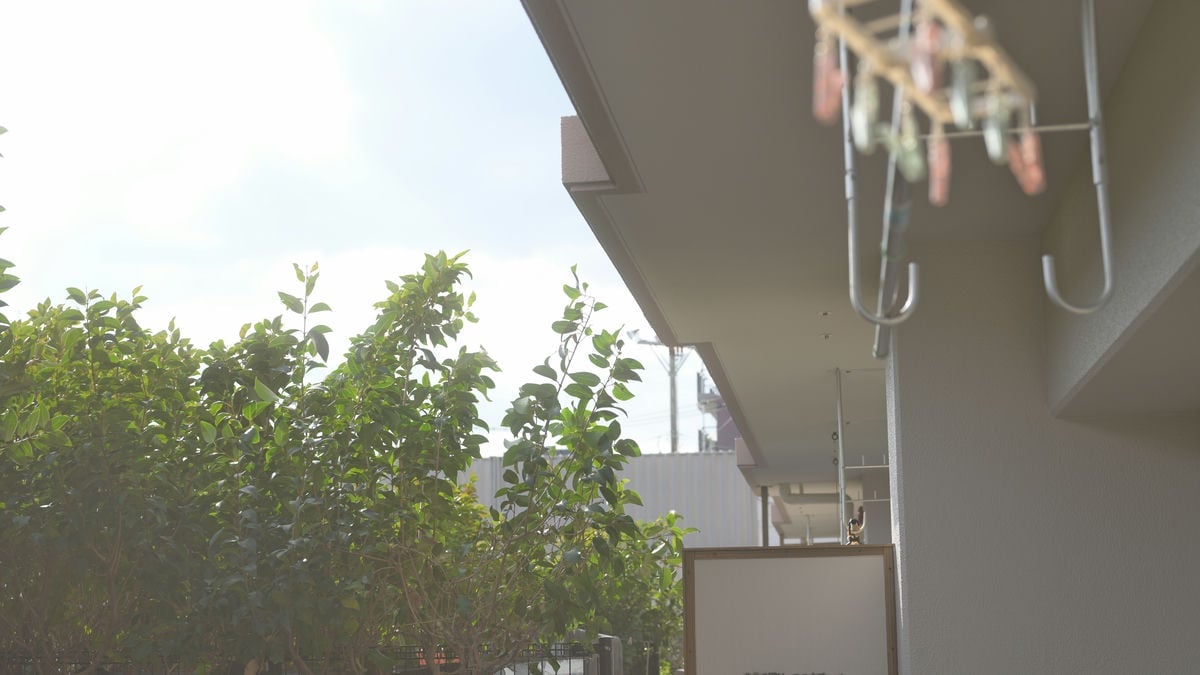
Moment Cinebloom
The CineBloom filter produces only a subtle streak toward the bottom right corner of the image. In comparison, it shows an even stronger blooming effect than the Black Pro-Mist filter. Additionally, there’s a noticeable yellow tint associated with the CineBloom, distinguishing it from the Black Pro-Mist.
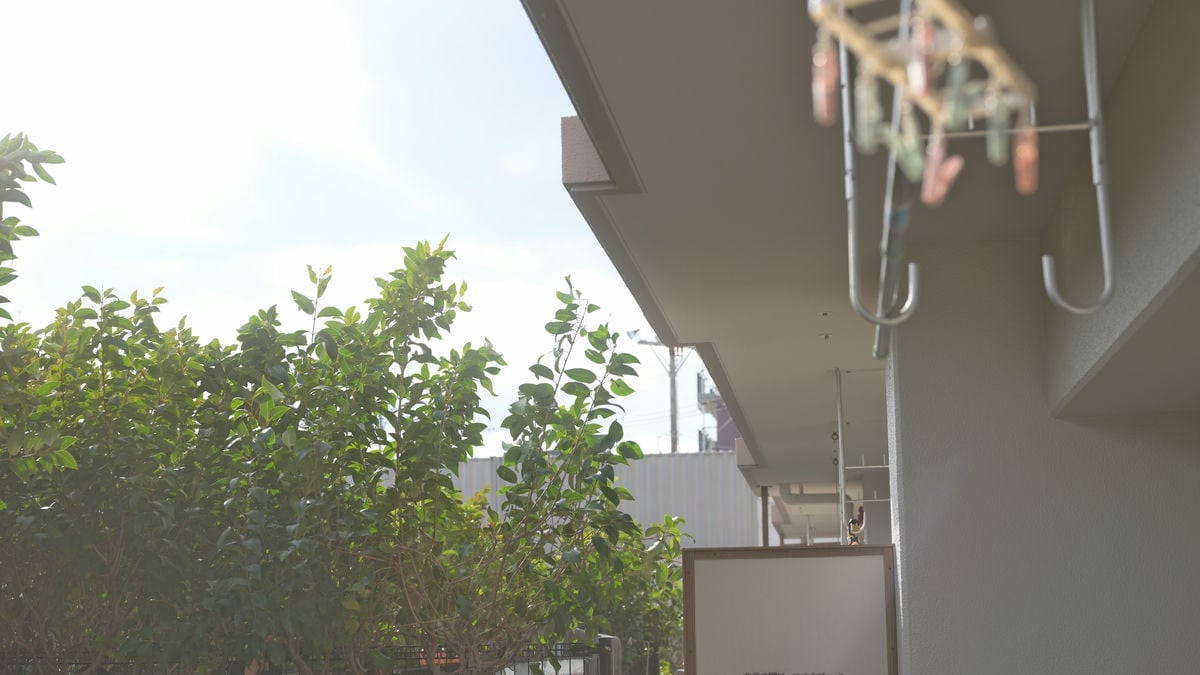
My Personal Experience & Recommendations
I believe ordering a stronger Glimmerglass filter will allow me to make a more accurate comparison against the Black Pro-Mist and CineBloom filters in terms of glow.
During my tests, I discovered that the 1/4 power of the Glimmerglass filter works exceptionally well at removing the digital edge without over-blooming the image. The effect is subtle, lending an analog feel to the photo or video.
When shooting for bloom effect, I’ve always preferred the Black Pro-Mist filter, as it contains the bloom mostly in the area around the bright lights. It’s a fun effect, and it’s different since it almost gives a similar look to cinema filmstock with the ramjet layer removed, but it can also be distracting in the wrong situations.
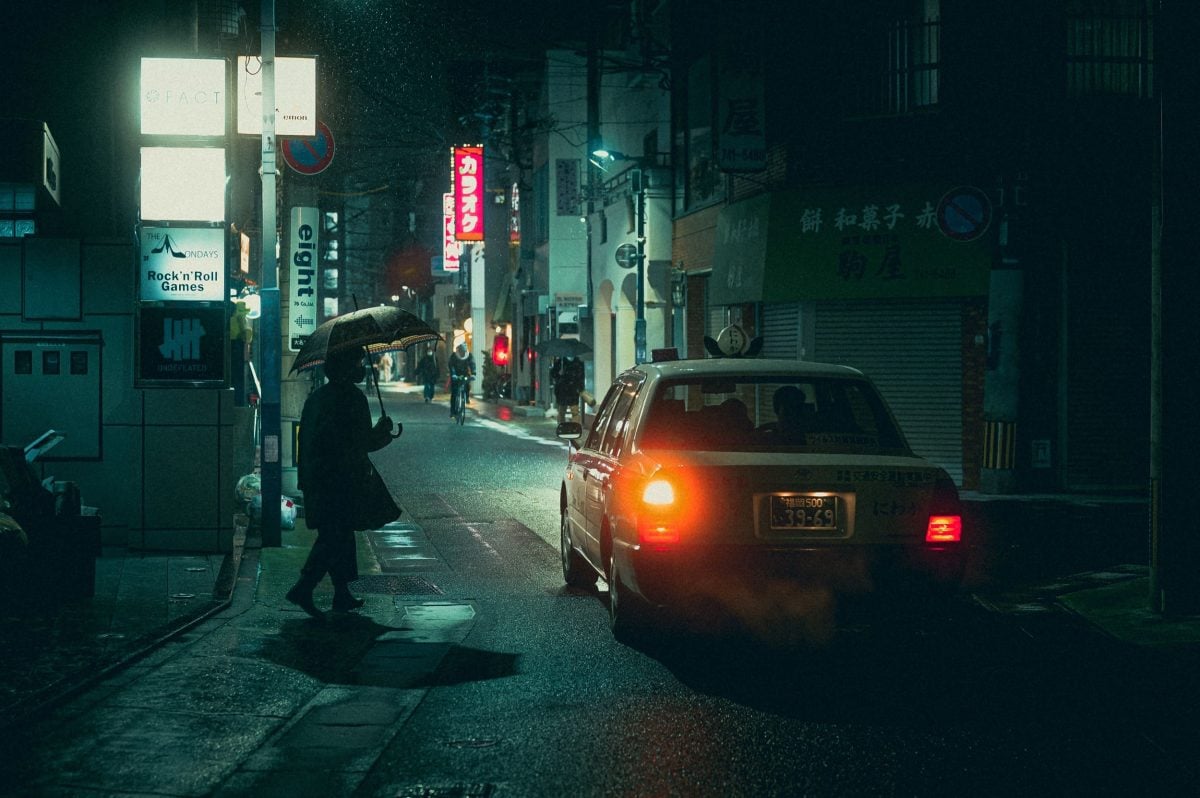
When using the Black Pro-Mist filter during the day, you’ll notice a pleasant glow around bright lighting sources. It creates a gentle haze effect, especially near strong light sources. Importantly, this filter doesn’t over-bloom the image, maintaining a balanced and subtle enhancement.
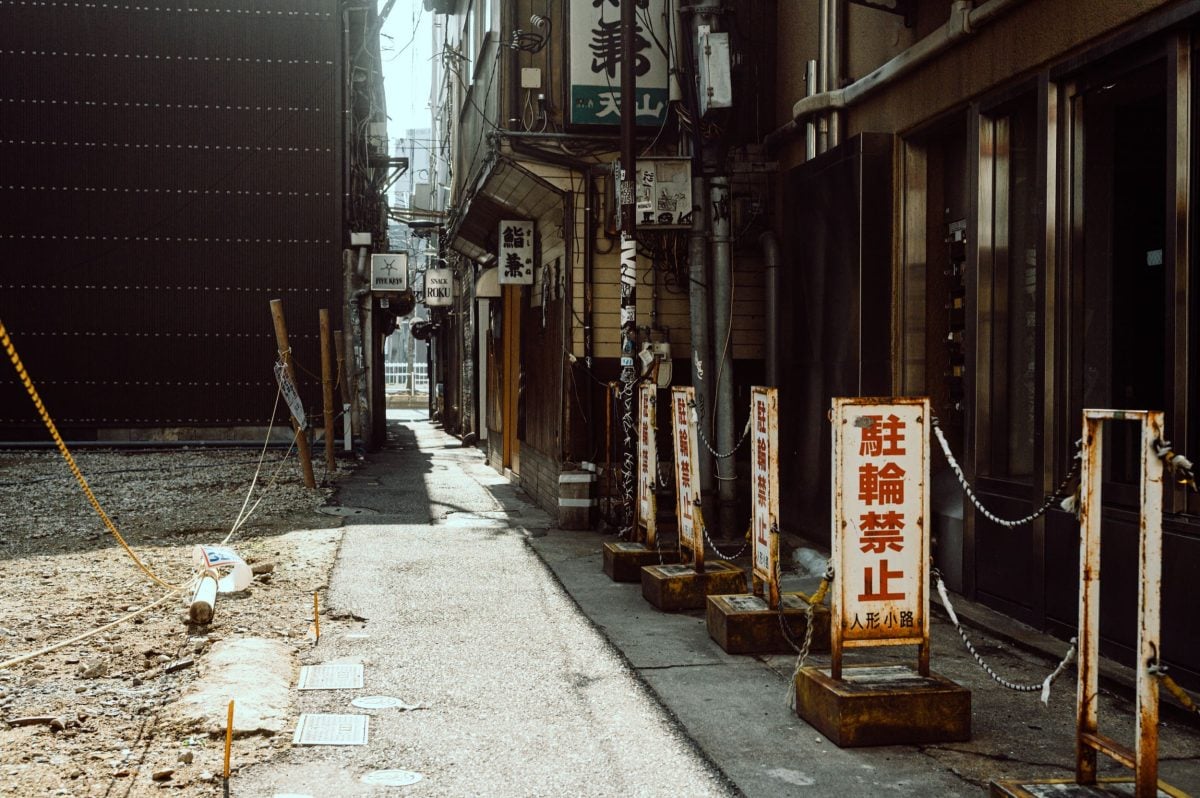
When aiming for a full-blown vintage feel in video recordings with models, my preference leans toward the CineBloom filter. Its even spread of the effect contributes to a more cohesive vintage look. On the other hand, the Black Pro-Mist (BPM) filter, although popular among videographers, can sometimes be distracting due to the glow primarily appearing around lights. It might give away that a filter was used. However, individual preferences vary significantly.
Personally, I find the CineBloom effect appealing when I’m going for that glamorous, almost dreamy look—akin to using an Orton effect. It adds a touch of magic to the overall image.
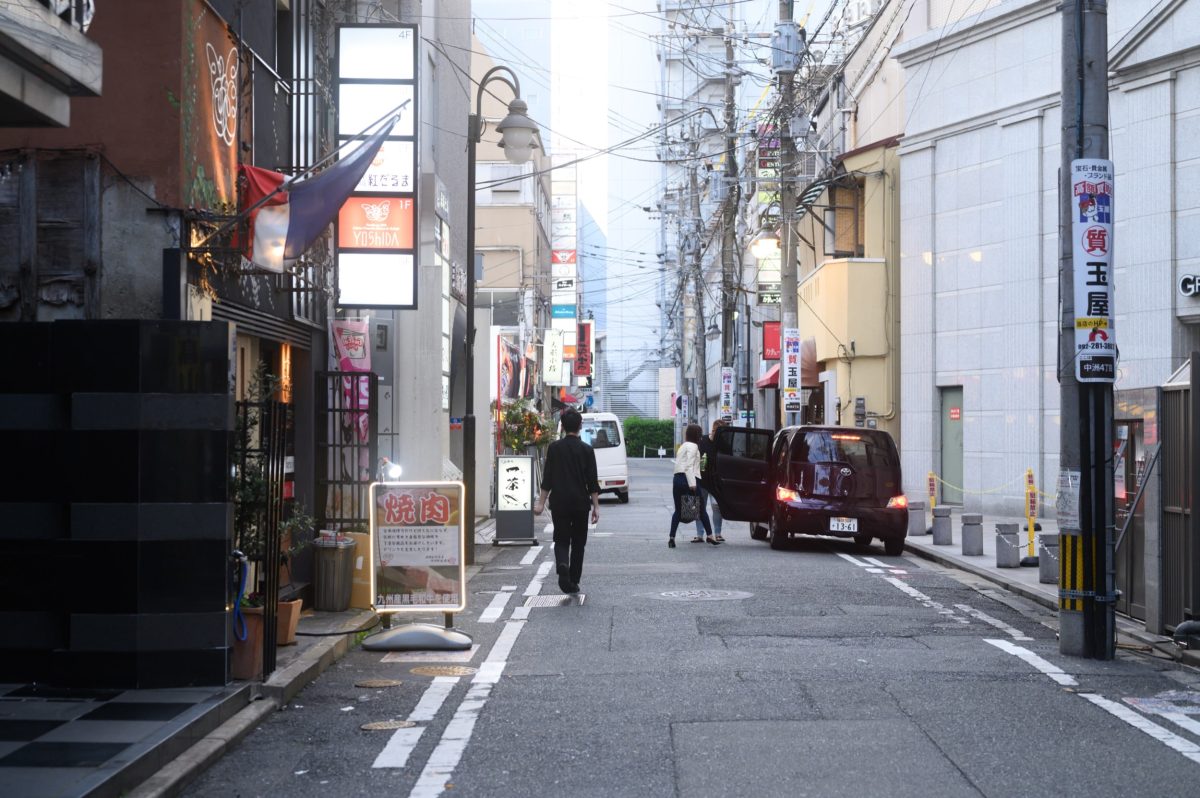
I’ve learned a lot from doing this review and will probably change how I use these filters based on the results.
Black Pro-Mist Filter vs Glimmerglass – General Thoughts
I still maintain my preference for the Black Pro-Mist filter for my shooting style, but moving forward, I’ll incorporate the Glimmerglass filter during general lifestyle photography. Its ability to remove the digital edge, enhance color blending, and create smoother contrast is appealing. It would be great if you’re shooting on a Fujifilm X100VI if you’re using a lot of film simulators and just want to take some of that edge off but don’t want too much of an effect applied.
CineBloom General Thoughts
I still already often use the CineBloom filter because I appreciate its red ring which can make a camera look nice. For example, it pairs beautifully with a black Fujifilm X100VI.
But moving forward, I’ll likely reserve it specifically for portraits and people photography/lifestyle and videography while using the BPM mostly for street shooting.
Diffusion Filters – What Strength To Buy?
The 1/4 Black Pro-Mist and 10% Moment CineBloom filters are excellent if you want to see the effect in every shot without it overpowering your entire image.
I also own a CineBloom 20% filter, but I rarely use it because the effect is too strong for my shooting style. However, it could be an excellent choice if you’re aiming to soften skin tones or achieve a more Noir glam look.
In the future, I plan to invest in a Black Pro-Mist filter at 1/8 percent, a CineBloom filter at 5%, and a Glimmerglass filter at 1/2 percent. I believe that using the CineBloom and Black Pro-Mist filters at these lower powers will be more practical for general use and strike a perfect balance between the Glimmerglass 1/4 and the Black Pro-Mist 1/4.
To Summarize
Black Pro-Mist – I would consider buying the 1/8 or the 1/4. 1/8 will be much milder and you’ll likely not see the effect in every shot, but the 1/4 will be more obvious if you’re going for the diffusion look.
Moment Cinebloom – The 5% may have been discontinued so check out the 10%. With what this filter does and how it works a 5% might not be that useful as you would rarely see the effect and this is mostly designed to be a diffusion filter.
Glimmerglass – I would consider a 1/4 or a 1/2 with this filter. Even at 1/4 you don’t see an effect and it just takes the digital edge off with a mild bloom which is never annoying or obvious (great for everyday shooting). But 1/2 you’ll likely get more of a diffusion effect.
If I was going for a film look with the Fuji X100VI and wanted to leave a filter on full-time, it would be a Glimmerglass at 1/4. It’s mild and doesn’t add a noticeable diffusion, but it does a great job of de-digitizing the image.
But if you’re a videographer and want the Tokyo Vice look, pick a 1 or even stronger.
Best Budget Diffusion Filter
While both the Tiffen and Moment filters tend to be on the expensive side, I recommend exploring the K&F Concept Black Mist filter as a more budget-friendly alternative. Additionally, consider Kenko/Hoya Black Mist filters for their unique characteristics if they are available in your country.
Kenko/Hoya Black Mist filters and K&F Concept Black Mist filters both utilize black particles to achieve their effects. However, Tiffen’s Black Pro-Mist filters still show some differences: when viewed against a white surface, they show black particles, but against a black surface, you’ll notice glittery glints of white—something distinct from other Black Mist filters on the market.
The K&F Concept filter offers several advantages. Not only is it more affordable than Tiffen filters, but its larger, chunkier particles create a unique effect—a bit like a “wet” look. Keep in mind that the K&F filters are significantly stronger than Tiffen’s.
If you opt for a K&F filter at 1/8 power, it might deliver a similar effect to Tiffen’s 1/4 power. I’ve personally tested the K&F Concept Black Mist Filter at 1/4 and 1/2, and even the 1/4 has more particles than Tiffen’s BPM at 1/4.
One standout feature of the K&F filters is their multi-coating, which minimizes stray orbs and flares—especially crucial when shooting at night in the city with filters like Glimmerglass, Black Pro-Mist, and CineBloom.
See my comprehensive K&F Concept Black Mist review, complete with samples, to get an idea of the stronger effect. If you decide to explore this route, I recommend starting with the 1/8 power.
Lastly, there’s another Japanese brand to consider: Kenko.
The Kinko/Hoya Black Mist Diffusion Filters also use a black particle system and closely resemble Tiffen’s Black Pro-Mist filters. Unlike K&F Concept, Hoya’s filters are uncoated and employ fine black particles, but they don’t produce the white glint like the Tiffen. Hoya diffusion filters aren’t as popular as the Tiffen or Moment, so be sure to check them out if you can’t inventory for the other brands.
I use the Kenko Black Mist No0.5 on my Fujifilm X100V. It’s a little weaker than the Black Pro Mist 1/4 and I think it’s perfect for what I like.
Join the Discussion:
Share your experiences with diffusion filters in the comments below! What’s your favorite and why?

